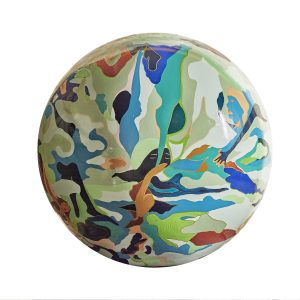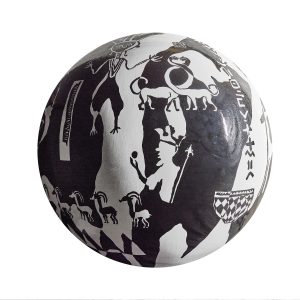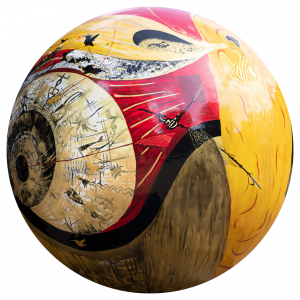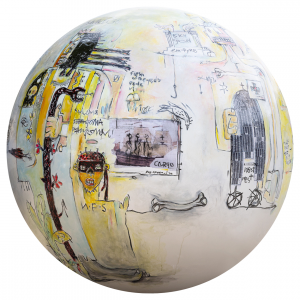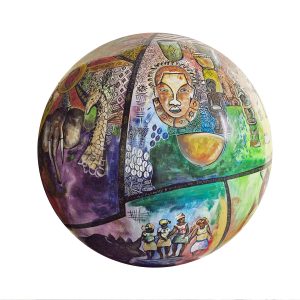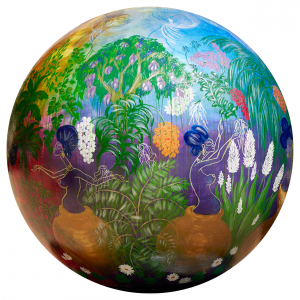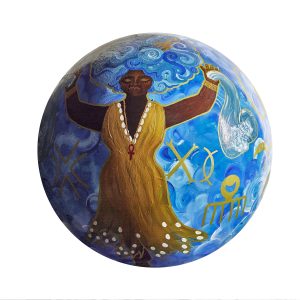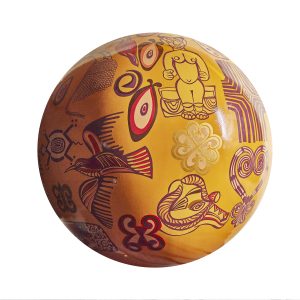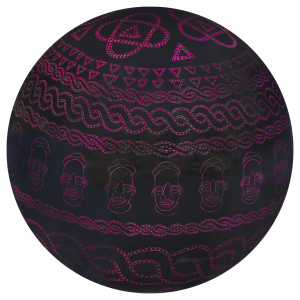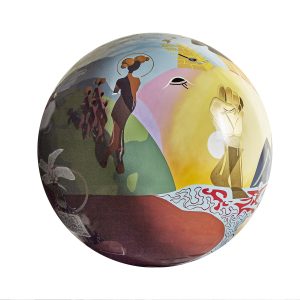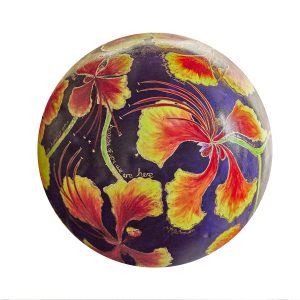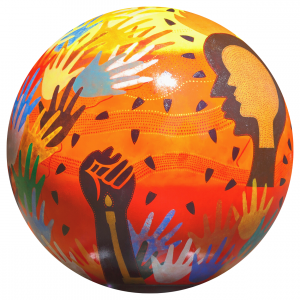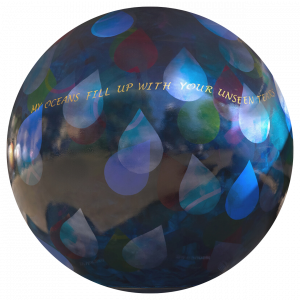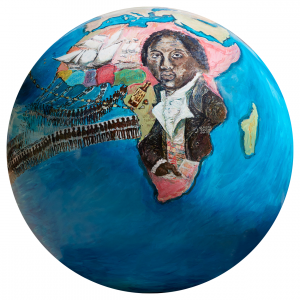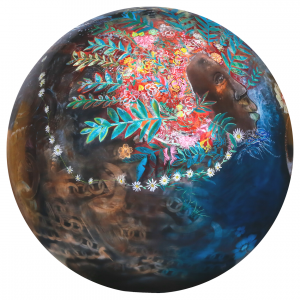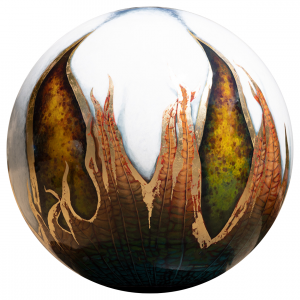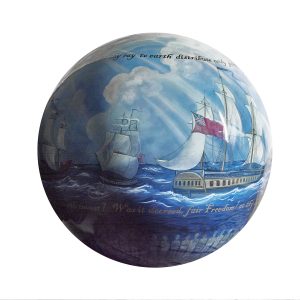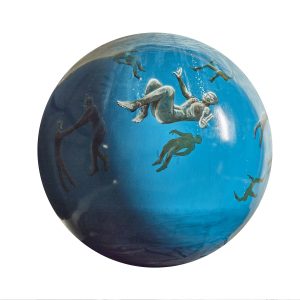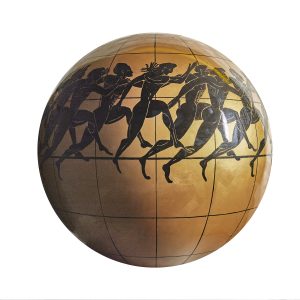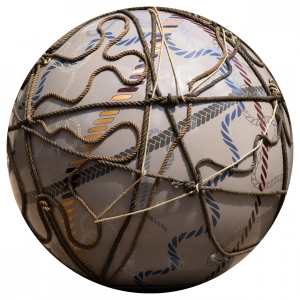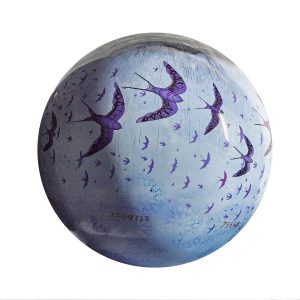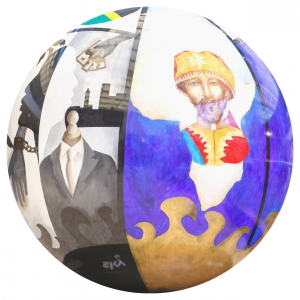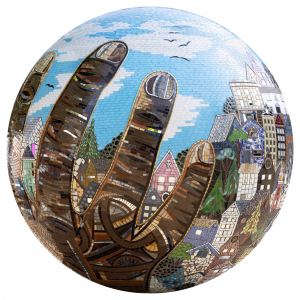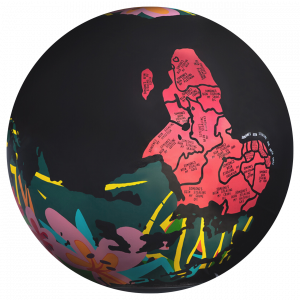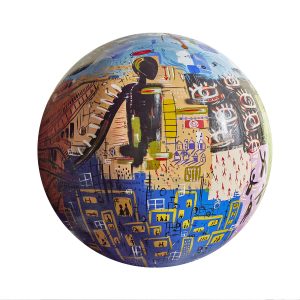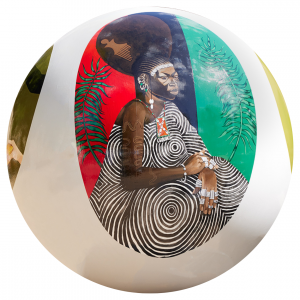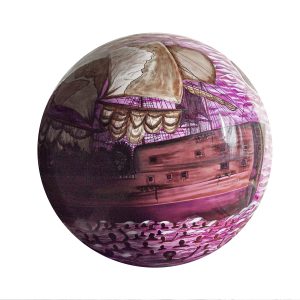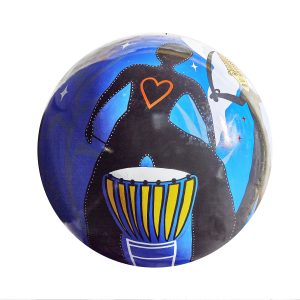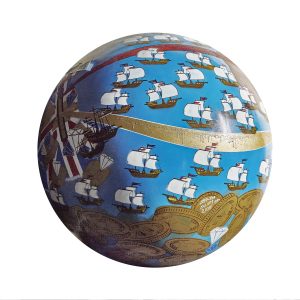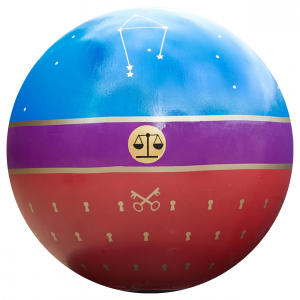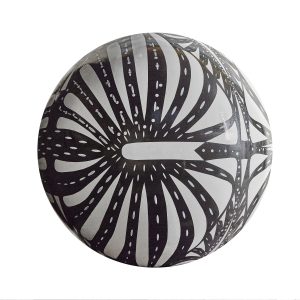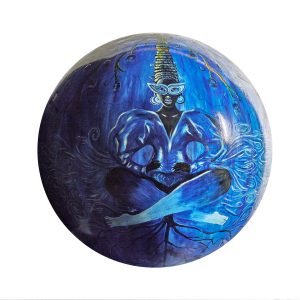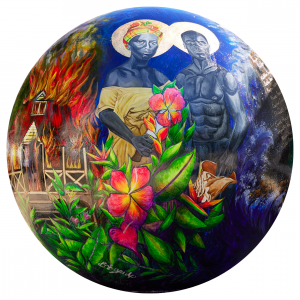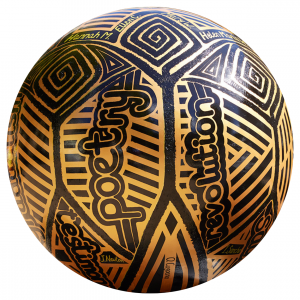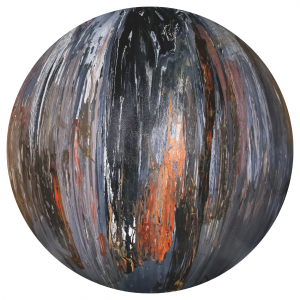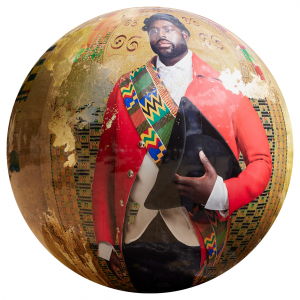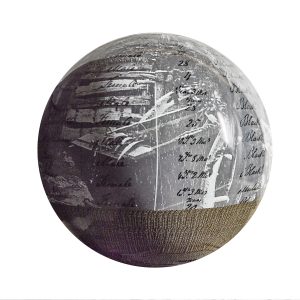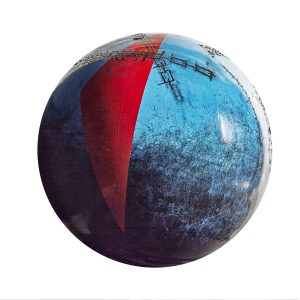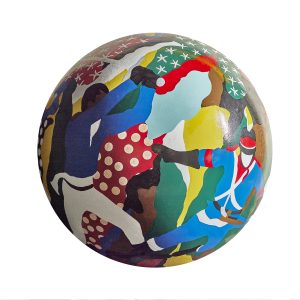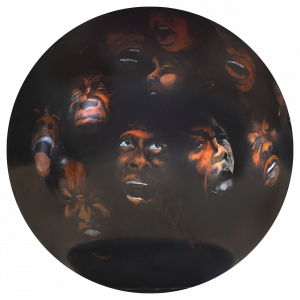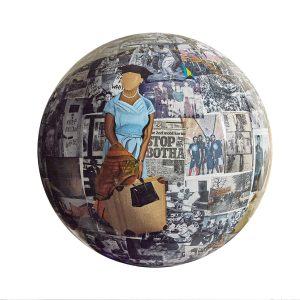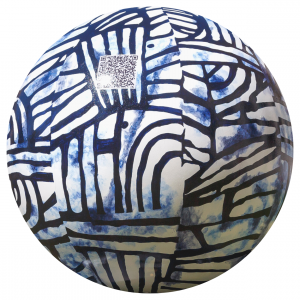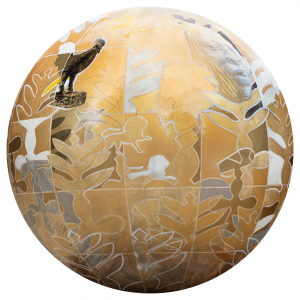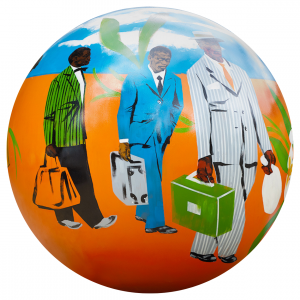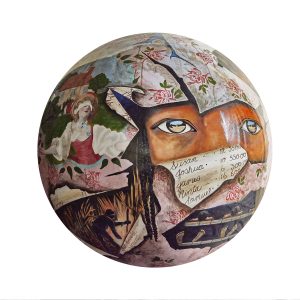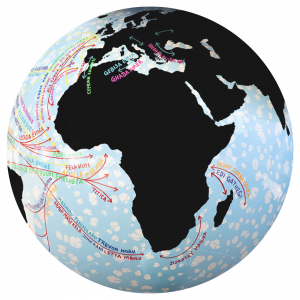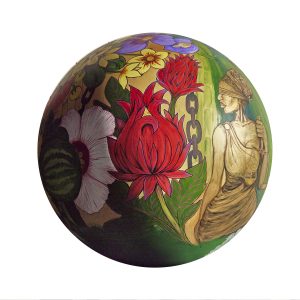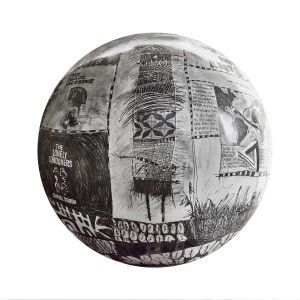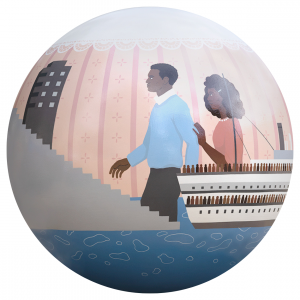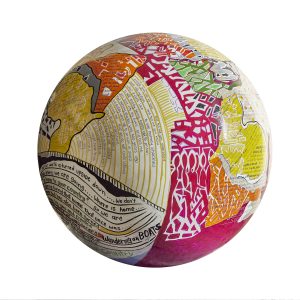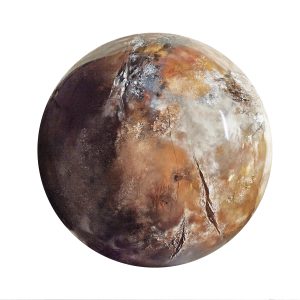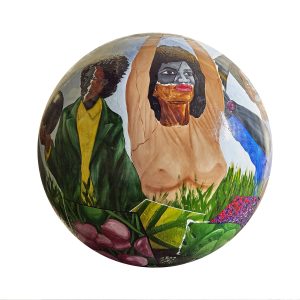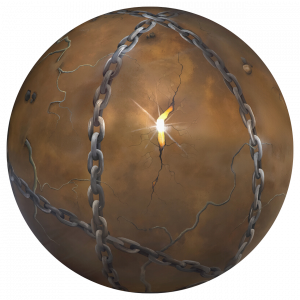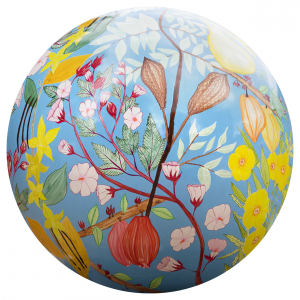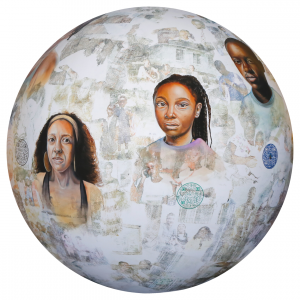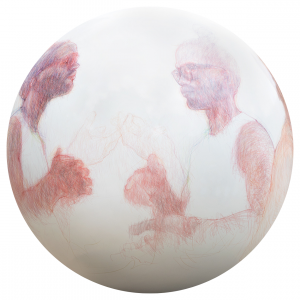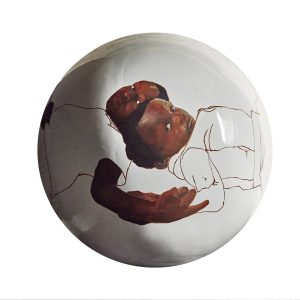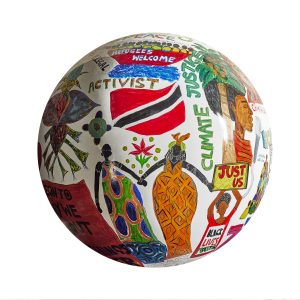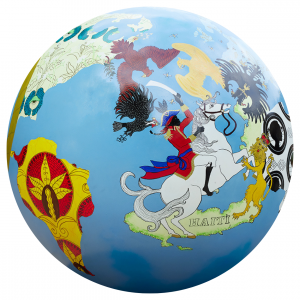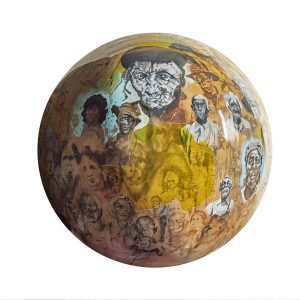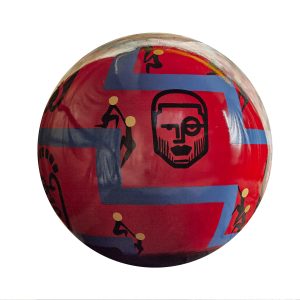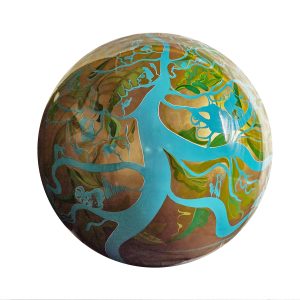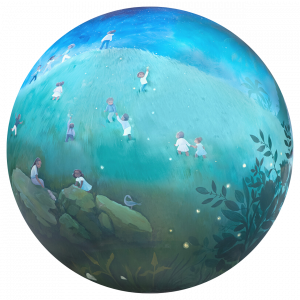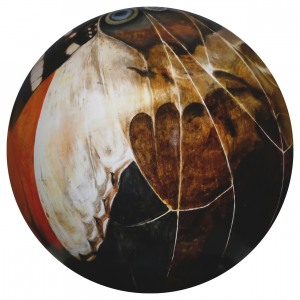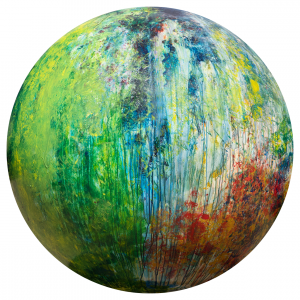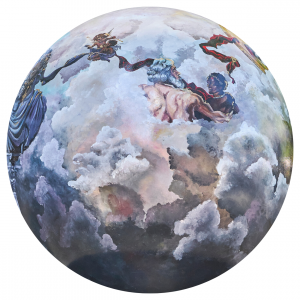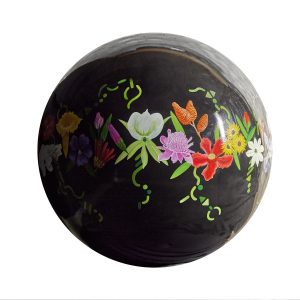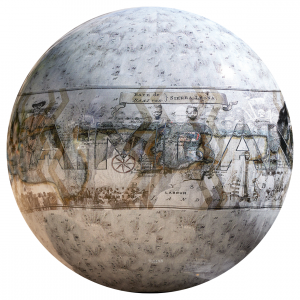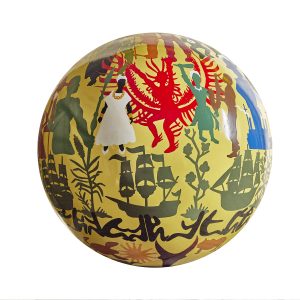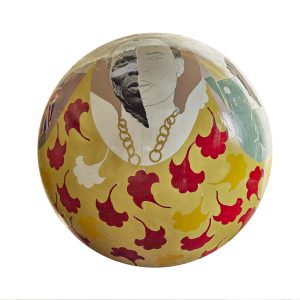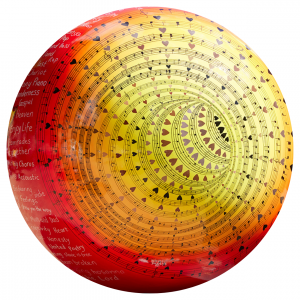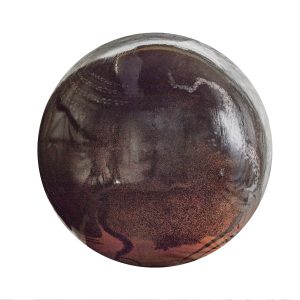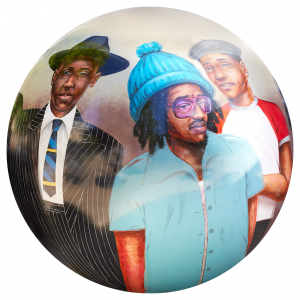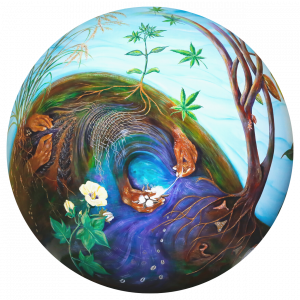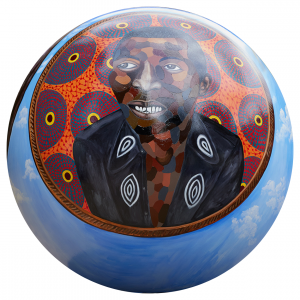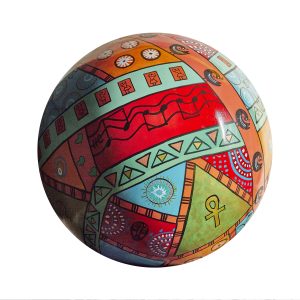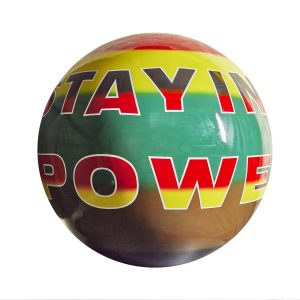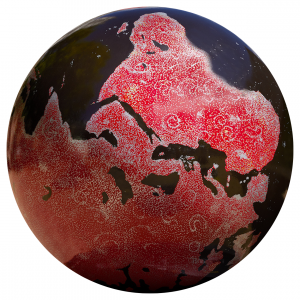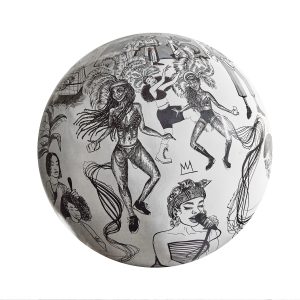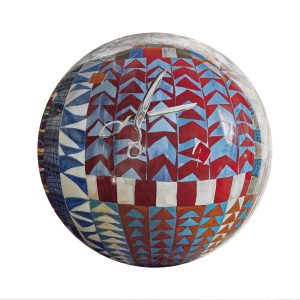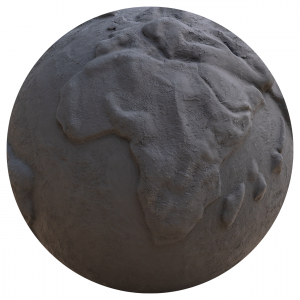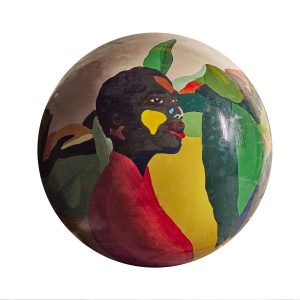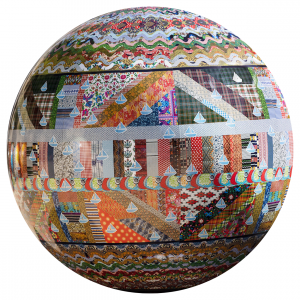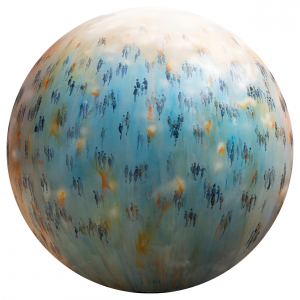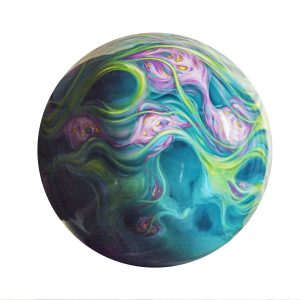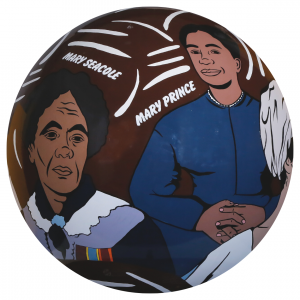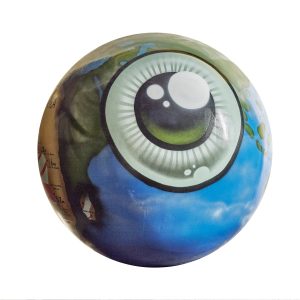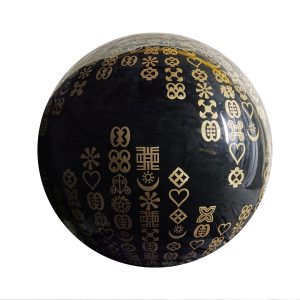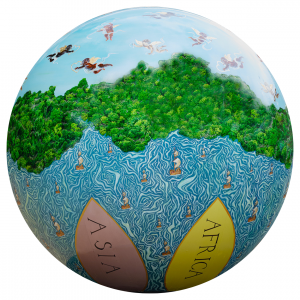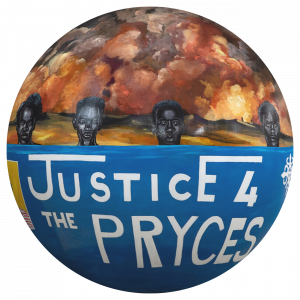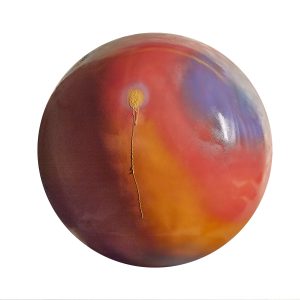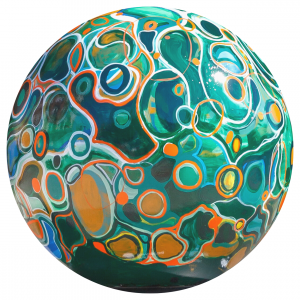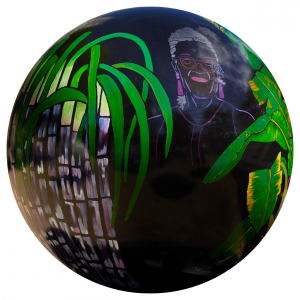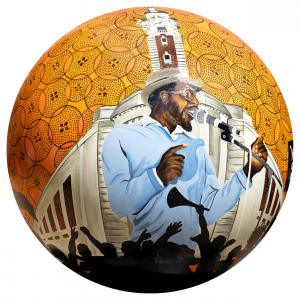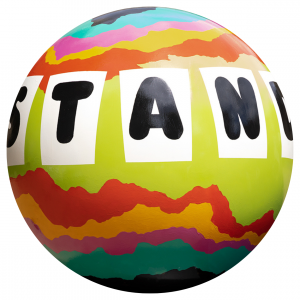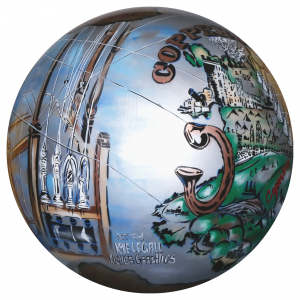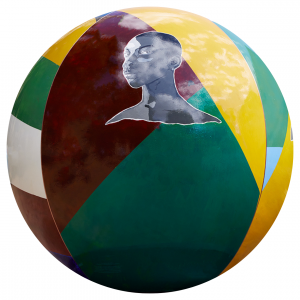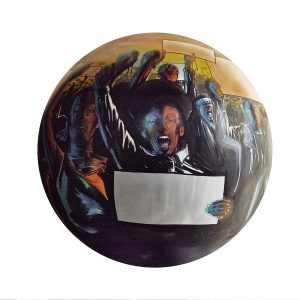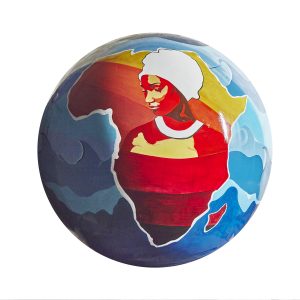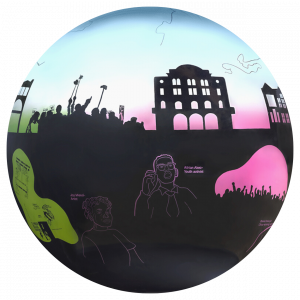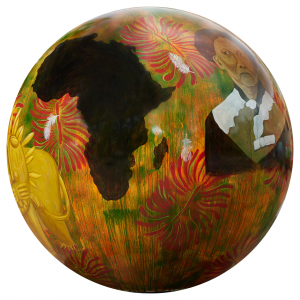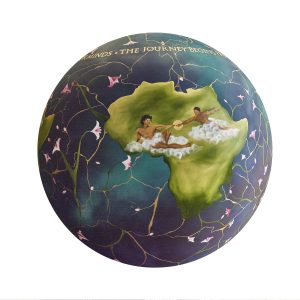Beyond Time and Space celebrates the fecundity of African knowledge systems and imagination.
Akan Gold weights, Ibeji-twin births, murmuration, cowrie currency, obus structures, navigation by stars, and Anansi together signify Africa’s rich cosmology. They embody the interwoven connections between the land, spirituality, craft traditions, biological hybridity, and even modes of exchange. Synergistically they stand across time, space, and species, crystalized in a philosophy that privileges harmony between man, nature, and celestial realms. This offering is a retrieval- evocations of Africa -an invitation to a pathway to greater awareness of our magnificent ancestry. Awareness ultimately leads to our healing.
We honour the past to transform our lineages backward, to grow, and create new pathways forwards. I hope that awareness of these unique elements of our potent legacy in the words of Kamu Brathwaite “will lead the community more easily into a wholesome relationship with the Ancient future and the approaching past.”
Below are a few expanded themes:
IBEJI-TWIN BIRTHS-Fertility-
Carved wooden Twin figures at the British Museum led me to the discovery that the Yoruba peoples from the Congo region have the highest incidence of twin births in the world. I find this telling in a world of decreasing fragile fertility…
An above-average number of twins is born on the African continent compared to other parts of the world. The Yoruba people as well as other African cultures attribute supernatural origins and spiritual power to twins. As a result, twins are regarded as extraordinary beings protected by Sango, the deity of Thunder. They are believed to be capable of bestowing immense wealth upon their families or misfortune to those who do not honour them.
The two figures on the globe stand like sentinels to commemorate this astonishing biological gift.
AKAN GOLD WEIGHTS
Akan Gold weights were used as a measuring system by the Akan people of West Africa. These elegant objects were essential tools for trade in West Africa until the end of the 19th Century. Beyond their practical application, the weights are emblems of tradition and social values carefully crafted to illustrate proverbs and folktale wisdom. They illuminate the intricacies of a complex society, keeping memories of battles, myths, and legends alive as an art form. Their significance transcends their utility and reflects wider Asante spiritual beliefs. They show how materials, ideas, and technology have been exchanged between different parts of the African continent and Europe for centuries.
One of the main motifs on the globe, a replica of one of the gold weights, shows people on a boat traversing the vast ocean. This celebrates the insight of Ivan Van Sertima that Africans traveled across the oceans arriving in the Americas long before they were transported on slave ships.
‘They came before Columbus’ outlines these extraordinary voyages. African advances in agriculture, mathematics, arts, engineering architecture, writing, medicine astronomy, and navigation made audacious journeys across vast oceans physical and possible.
ANANSI and the architecture of the web.
As engineers of possibility, Africans evolved their own advanced guidance systems to endure and survive treacherous crossings. This was a dialogue with the stars but more importantly, supported by ‘constellational thinking’ central to African cosmology and life. Anansi, the Spiderman-Akan God of Stories, Wisdom, and Knowledge and a central figure in West African folktales not only survived the voyage across the oceans from West Africa but consolidated African cosmology in the daily lives of Africans in the New World in our oral traditions. Anansi is best known for his ability to outsmart and Triumph over powerful opponents through his use of cunning, creativity, and wit.
Anansi’s domain – the spider’s web has a complex and mysterious design that has exceptional strength and flexibility. It is stronger than steel almost invisible yet can survive winds that exceed hurricane strength. The psyche of Africans who survived the Transatlantic Trade in Enslaved Africans, like the spiderweb, is resilient and indestructible. Like the strand of a spider’s web, it is made up of infinite diaphanous strands of Ancestral frequencies. I believe that our resilience and identity continue to be nourished by this ancient wisdom. It reverberates in our music, spiritual practices, food, architecture, and in every imaginable facet of Life.
MURMURATION
Murmuration is an extraordinary natural phenomenon where a huge mass of black sweeps across the sky. This spectacular movement is of birds moving in concert, swirling, surging, and constantly changing form. The shifting patterns and rhythm of the birds are a remarkable force of nature. The birds fly in intricately coordinated patterns through the sky to maintain cohesion as a group in highly uncertain environments to protect the collective flock. Black is the colour of darkness and mystery, the unseen and unknown. A bird in flight can represent the connection between the physical and the spiritual.” Birds of a feather flock together” describes a simple survival instinct, a strategy similarly exercised by the people of Africa. This unity is manifested in the principle of UBUNTU – I am because you are. Ubuntu is an eternal African Philosophy of ‘Oneness’ – this oneness is an understanding of the interconnectedness of all life.
COWRIE SHELLS
The cowrie shell was one of the most successful and universal forms of currency in the world. In West Africa, the shell developed a deeper symbolic and ritualistic meaning throughout history that is still recognized in modern cultures. The size, shape, and minimal weight of the small white shells made them suitable as a form of exchange. Cowrie shells hold great symbolism. In African legend, it represents the protective power of the Ocean Goddess Yemaya. Their rounded shape is attributed to their connection to fertility, and the slit where the shell curves inside of itself has been said to look like a black pupil, making it popular as a symbol of protection against the evil eye. It is used as a divination tool in traditional spiritual practices.
